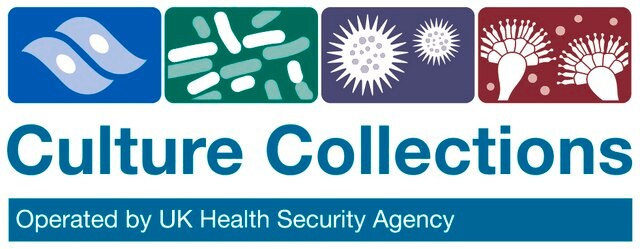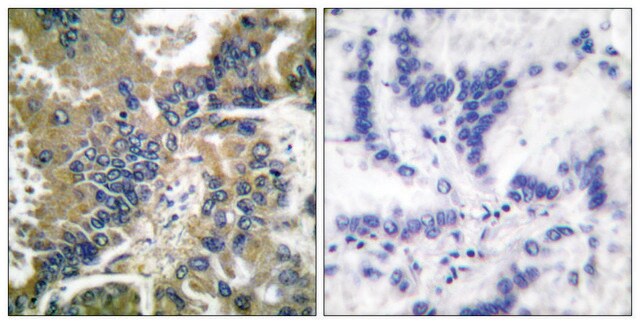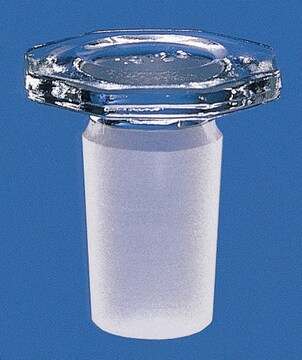推荐产品
产品名称
SSN-1, 96082808
生物源
fish unknown/unspecified
增長模式
Adherent
染色體組型
Aneuploid
形態學
Fibroblast
產品
Not specified
受體
Not specified
技術
cell culture | mammalian: suitable
運輸包裝
dry ice
儲存溫度
−196°C
細胞系來源
Fish striped snakehead fry, spontaneous production of c-type retrovirus
細胞系描述
The fish cell line SSN-1 was initiated from whole fry tissue, Channa (Ophicephalus) striatus, commonly named ′striped snakehead′. SSN-1 spontaneously produce and release endogenous snakehead fish Mn²+- dependent C-type retrovirus. The cell line is suitable for fish virus isolation and is susceptible to epizootic ulcerative syndrome rhabdoviruses and piscine nodaviruses. SSN-1 was previously infected with mycoplasma but has been eradicated and tested negative after a minimum of 10 passages.
應用
Isolation of fish virus pathogens
培養基
L15 + 2mM Glutamine + 5-10% Foetal Bovine Serum (FBS).
例行更新培養
Split sub-confluent cultures (70-80%) 1:3 to 1:6 i.e. seeding at 2-4x10,000 cells/cm2 using 0.25% trypsin or trypsin/EDTA. Use trypsin very cautiously; 25-30°C, can be light sensitive therefore avoid prolonged exposure to bright light. Fish cell lines detach easily during transit if the culture is very young. After resuscitation split cells 1:3 to 1:4 and culture for at least one week with 1-2 media changes before shipping.
When resuscitating a frozen ampoule of cells we recommend the cells are seeded at the higher seeding level i.e. 4 x10, 000/cm². Cells may take up to 10 days to reach 70% following resuscitation and subculture. Therefore media change flasks after 4-5 days to encourage growth.
When resuscitating a frozen ampoule of cells we recommend the cells are seeded at the higher seeding level i.e. 4 x10, 000/cm². Cells may take up to 10 days to reach 70% following resuscitation and subculture. Therefore media change flasks after 4-5 days to encourage growth.
其他說明
Additional freight & handling charges may be applicable for Asia-Pacific shipments. Please check with your local Customer Service representative for more information.
我们的科学家团队拥有各种研究领域经验,包括生命科学、材料科学、化学合成、色谱、分析及许多其他领域.
联系技术服务部门


